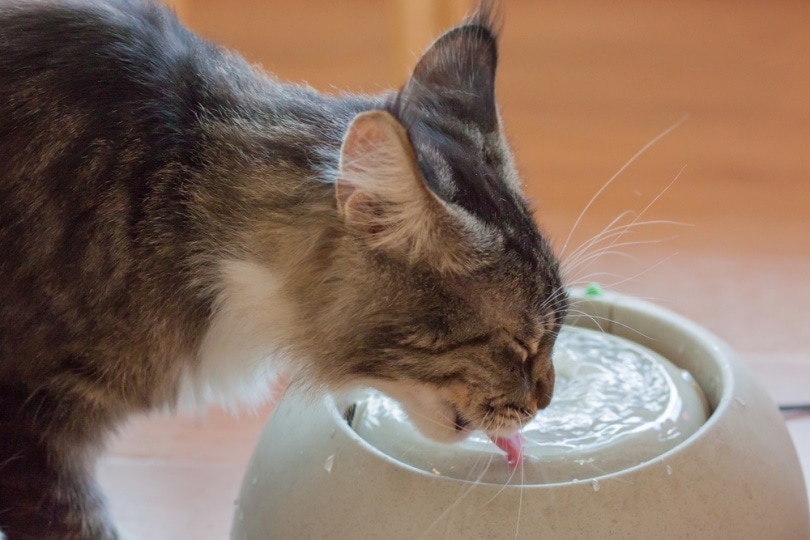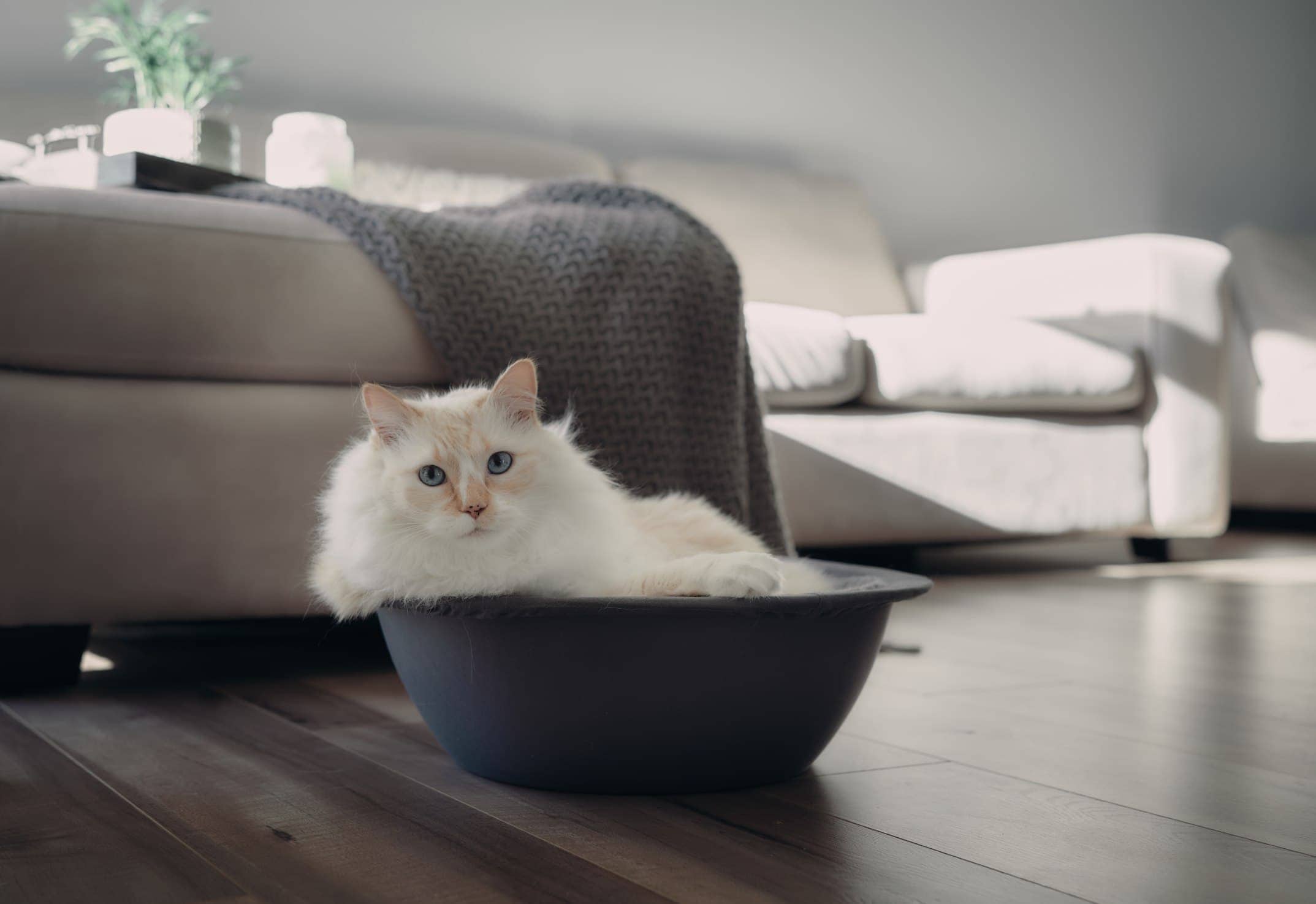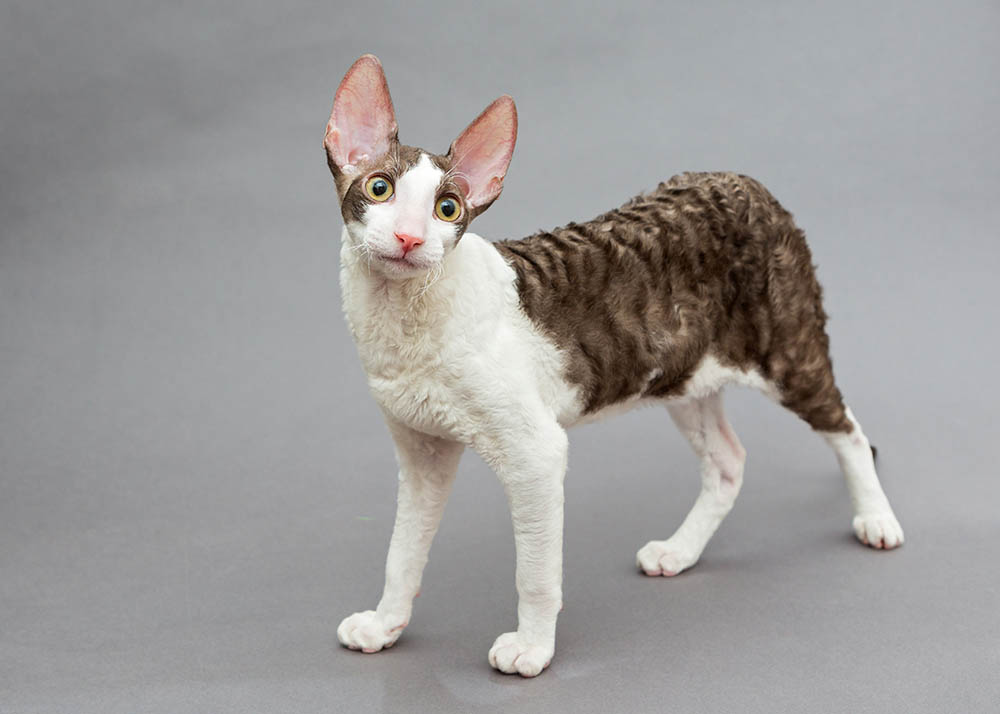Do Cat Paw Pads Change Color? Vet-Approved Feline Facts
By Ed Malaker
Updated on
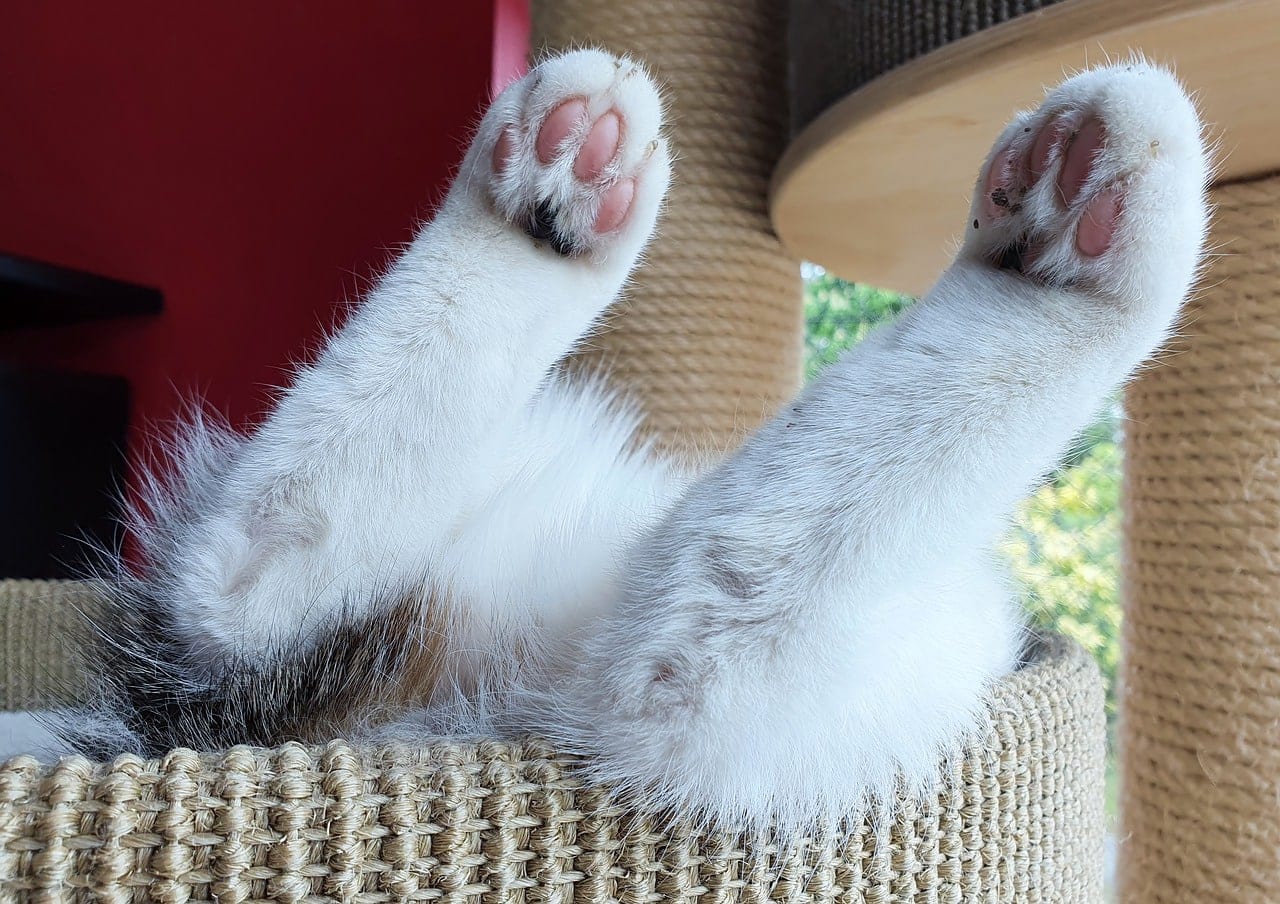
Click to Skip Ahead
Cats have many unique characteristics, including their interesting paws, which are quite complex when you look at them closely. You may also notice that one or more of the paw pads is a different color than the rest, which can cause many people to ask if paw pads can change color throughout a cat’s life. While the short answer is yes, it’s possible for a cat’s paw pad to change color, it’s not common. Keep reading as we look at cat paws in more detail and discuss the different reasons that they can change color.
The Composition of Cat Paw Pads
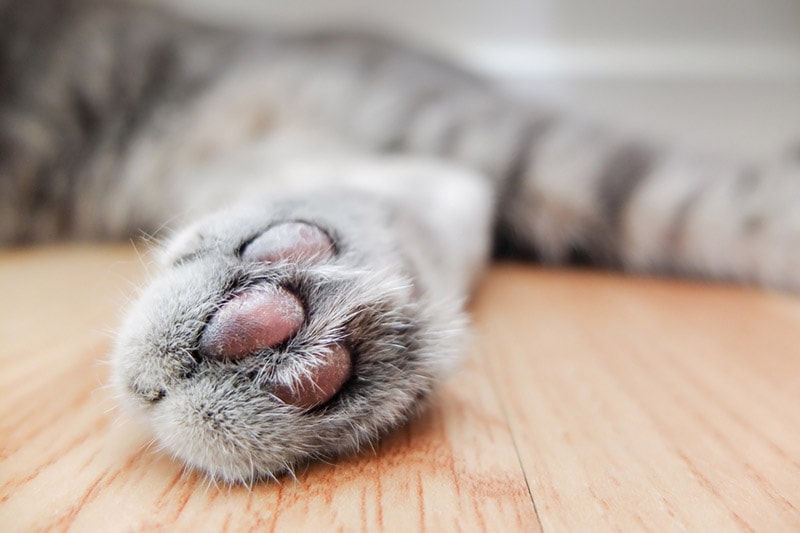
Epidermis and Dermis
The epidermis is the outermost layer of a cat’s paw pad, the same layer as the rest of the body’s skin. Beneath the epidermis lies the dermis, a layer rich in blood vessels and nerves. Together, these layers provide strength and resilience to the paw pad.
Fat Tissue
Beneath the dermis, cat paw pads contain thick layers of fatty tissue. This fatty tissue is a natural cushion, absorbing shock and providing comfort as the cat walks, runs, or jumps.
Collagen Fibers
Collagen, a protein found throughout the body, forms a network of fibers within the paw pad. These fibers add strength and stability to the pad, ensuring that it can withstand various physical stresses.
Functions of Cat Paw Pads

Traction
A vital function of paw pads is to provide traction. Their textured surface helps cats grip various surfaces, enabling them to walk, run, climb, and pounce precisely. This traction is especially crucial for outdoor cats navigating different terrains.
Shock Absorption
The layers of fatty tissue in paw pads act as shock absorbers. When a cat jumps from heights or lands on their paws after a leap, the paw pads cushion the impact, reducing the stress on the bones and joints.
Temperature Regulation
Cat paw pads also play a role in regulating a cat’s body temperature. The pads contain sweat glands, which can release moisture to cool the cat down in hot weather.
Sensory Perception
Paw pads are rich in nerve endings, making them sensitive to touch and pressure. Cats use their paw pads to explore their environment, detect vibrations, and assess the texture of surfaces that they walk on. This sensory perception aids in hunting and navigating their surroundings.

Cat Paw Pad Colors
Cats with darker fur tend to have black or dark brown paw pads, while cats with lighter fur tend to have pink paw pads. Some cats may have mottled or multicolored paw pads that don’t match their fur precisely.
One or more paws might be a different color than the rest, but once they are born, they tend to stay the same throughout their lives.
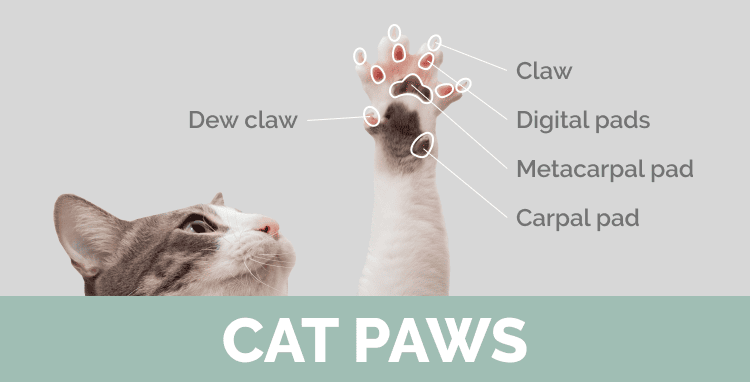
The 7 Factors That Can Influence Cat Paw Pad Color
1. Age
A common reason for paw pad color change is aging. Kittens are typically born with light pink paw pads, regardless of their eventual fur color. As a cat matures, their paw pads may darken, becoming black or dark brown. This is especially noticeable in breeds with dark-colored fur.
2. Hyperpigmentation
In some cases, hyperpigmentation can lead to the darkening of the paw pads. This condition is more common in older cats and causes dark patches all over the body.
3. Infections
Infections or injuries to the paw pads can cause redness, swelling, or color changes. Seek veterinary care if you notice injuries or unusual changes in your cat’s paw pads.
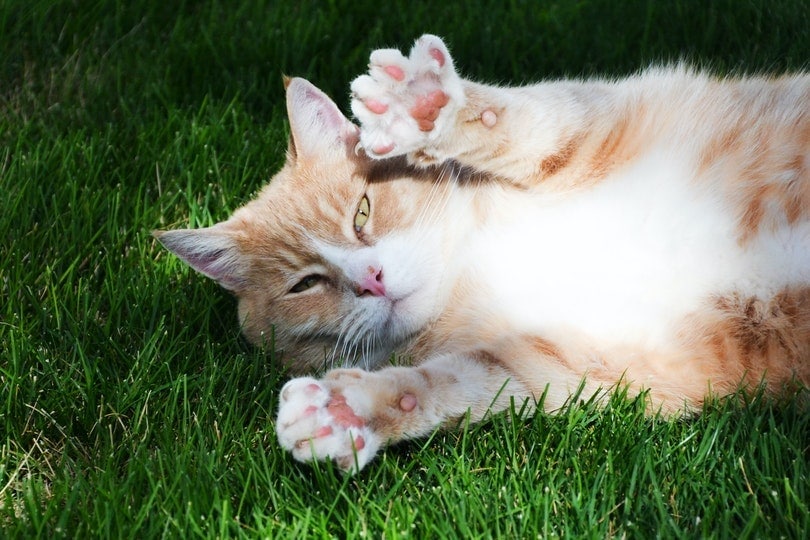
4. Allergies
Allergic reactions can sometimes affect a cat’s skin and paw pads, leading to changes in color and texture.
5. Vitiligo
Vitiligo is a skin disorder characterized by the loss of melanin, the pigment responsible for skin, hair, and eye color. In cats, vitiligo can lead to the de-coloration of various areas of their skin, including the paw pads.
6. Plasma Cell Pododermatitis
Plasma cell pododermatitis, or pillow foot, is an inflammatory condition that affects cats’ paw pads. While it mainly affects the paw pads’ texture and appearance, it may lead to temporary changes in the color of the paw pads in some cases.
7. Anemia
While anemia does not directly change the color of a cat’s paw pads, it can make them appear pale compared to their normal appearance. If you suspect that your cat is anemic or notice any concerning changes in their appearance, behavior, or paw pad color, it’s essential to consult with a veterinarian to have your pet examined.
Frequently Asked Questions
What Causes Black Paw Pads in Some Cats?
Cats with dark fur colors, such as black or dark brown, often have black paw pads, while those with light fur will usually have pink paws.
Are There Specific Care Requirements for Cat Paw Pads?
Cat paw pads are relatively low maintenance. Keeping your cat’s environment clean and irritant free can help maintain healthy paw pads.

Summary
Cat paws generally don’t change color throughout their lifetime, though some conditions may lead to exceptions. A black paw shouldn’t turn pink and a pink paw shouldn’t turn black. If you do see paw pad changes in your cat, contact the vet to schedule an examination to rule out any underlying health issues.
Featured Image Credit: Renata Rogel, Pixabay




